Remember when technology had personality? When every device required a ritual, a waiting period, or a gentle coaxing to work properly? Those were the days when Saturday mornings meant something special—not just because of the cartoons, but because of the entire production it took to get there. From the satisfying click of the TV dial to the hopeful breath into a stubborn game cartridge, these little moments defined our weekends and shaped our patience in ways today’s instant-everything world simply can’t replicate.
1. The Sacred Art of Cartridge Resurrection
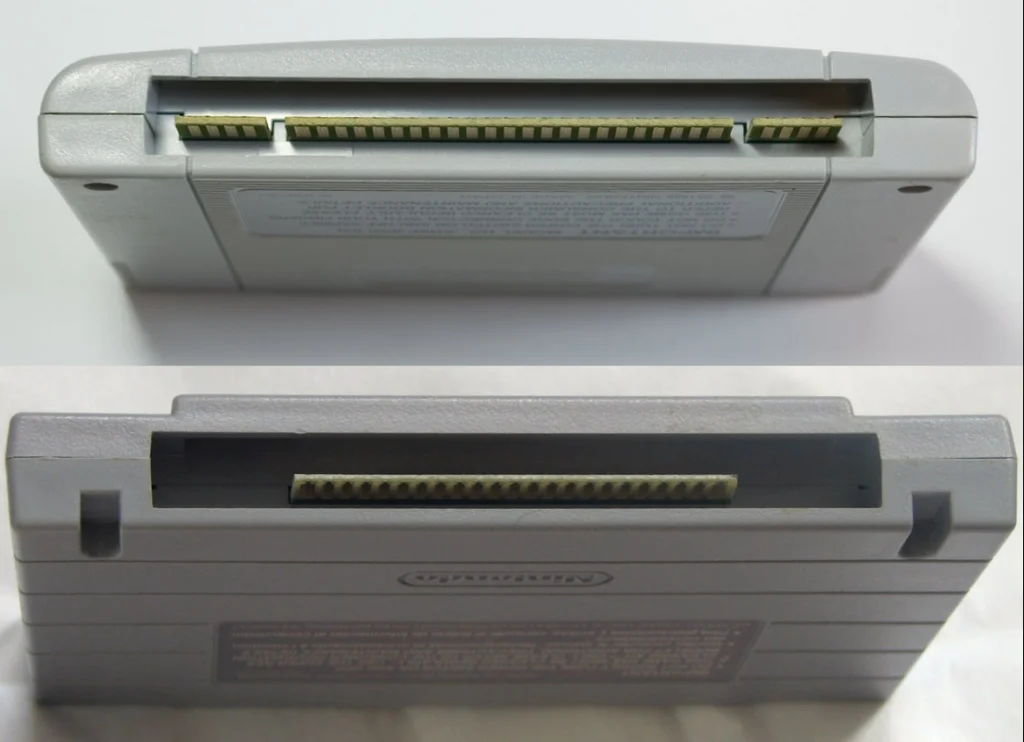
Nothing tested your determination quite like a Nintendo game that refused to load on the first try. You’d slide that gray rectangle into the console, press the power button, and hold your breath as the screen flickered between hope and despair. When those telltale lines appeared across Mario’s face or Link’s adventure refused to begin, you knew exactly what came next—the ancient ritual of cartridge CPR.
Out came the cartridge for the ceremonial blow, sometimes followed by a gentle wipe with your shirt sleeve if you were feeling fancy. You’d reinsert it with the confidence of a surgeon, maybe wiggle it just a touch to the left, and try again. The success rate wasn’t guaranteed, but when that familiar Nintendo chime finally rang out clear and true, you felt like you’d conquered technology itself.
2. Waiting for the TV to Wake Up From Its Slumber
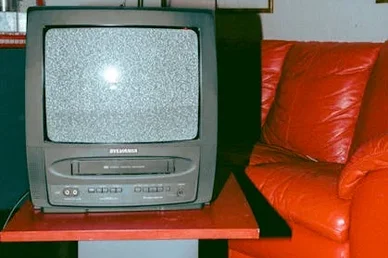
Saturday mornings began with the satisfying thunk of pushing in the power button on your television set. But that was just the beginning of the journey—next came the waiting game as your TV slowly came to life. First, a tiny dot of light would appear in the center of the black screen, gradually expanding into a full picture over the course of thirty seconds or more.
You learned to time everything around this warm-up period, using those precious moments to grab your cereal bowl or claim the best spot on the living room carpet. There was something almost magical about watching that screen bloom into color, revealing the world of Saturday morning cartoons that awaited. Modern TVs that spring to life instantly have robbed us of that anticipation, that moment of technological theater that made the payoff so much sweeter.
3. The Phone Attached to the Kitchen Wall
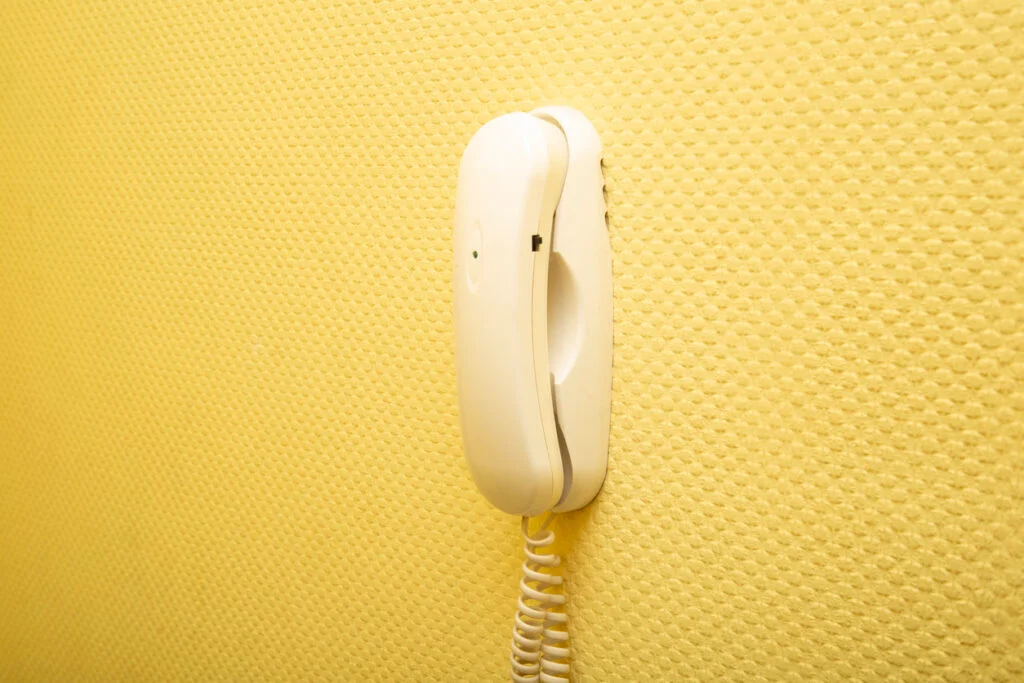
Your family’s lifeline to the outside world hung on the kitchen wall, complete with a coiled cord that stretched exactly as far as the hallway—if you were lucky. Taking a phone call meant committing to a location, and if you wanted privacy, you’d better hope that cord could reach around the corner into the next room. The phone had weight, substance, and a satisfying click when you hung up that punctuated the end of every conversation.
When someone called during dinner, the whole family knew about it because that bell could wake the dead. You’d rush to answer before the fourth ring sent callers to the great void of a busy signal, and if you missed an important call, well, you’d just have to wait and hope they’d try again later. The idea of carrying a phone in your pocket seemed as far-fetched as flying cars, yet somehow we managed to coordinate our entire social lives around that single kitchen communication hub.
4. Saturday Morning Cartoon Scheduling as Serious Business
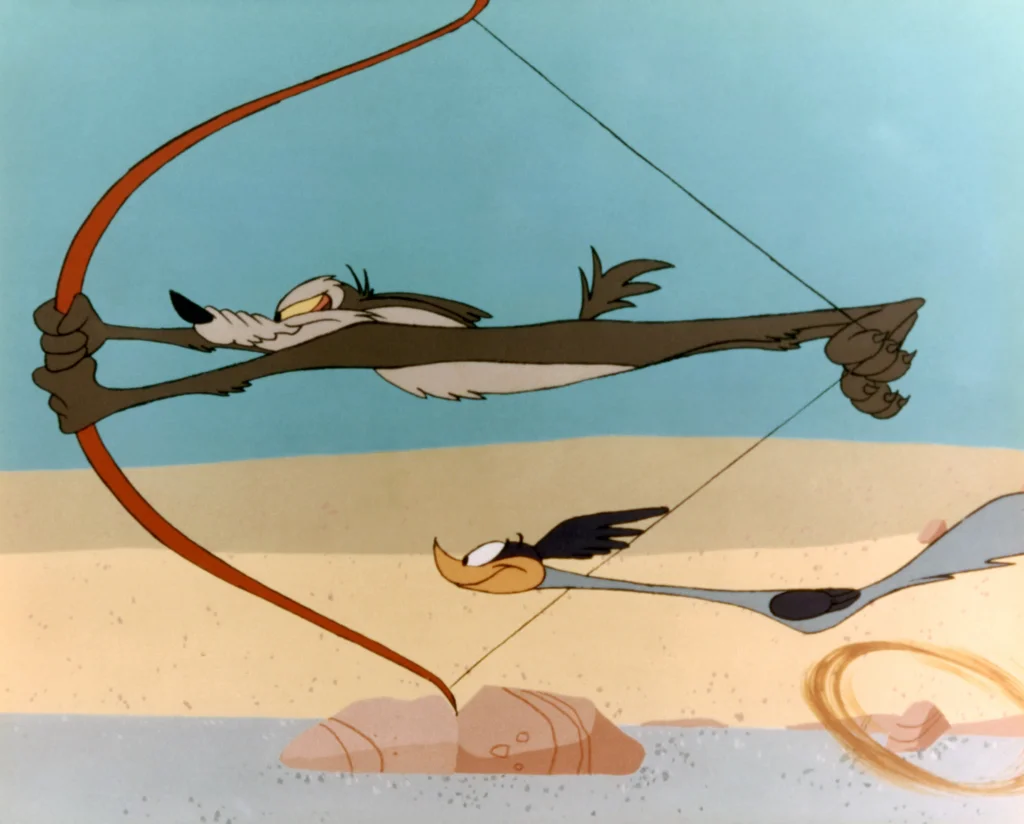
Saturday mornings were ruled by the iron fist of network programming schedules, and you’d better believe every kid worth their Saturday knew exactly when their shows aired. Missing the opening credits of “Schoolhouse Rock!” or “The Bugs Bunny/Road Runner Hour” meant your morning was already off to a rocky start. There were no second chances, no rewinding, no on-demand anything—if you snoozed through “Super Friends,” you were out of luck until next week.
The TV Guide became your Saturday morning bible, that thin magazine with its tiny print holding the power to make or break your weekend. You’d circle your must-see shows in pen, calculate the precise timing needed to grab snacks during commercial breaks, and negotiate with siblings over channel control like tiny diplomats. The remote control was a luxury item, so changing channels meant an actual journey to the television set—making every programming decision feel weighty and important.
5. The Mystical Ritual of Adjusting Rabbit Ears

Getting a clear television picture was an art form that required patience, persistence, and sometimes a volunteer family member willing to stand in awkward positions indefinitely. Those metal rabbit ear antennas perched atop your TV set were temperamental creatures that demanded constant adjustment, especially when the weather changed or a truck drove by outside. You’d twist them left, extend them right, add a little aluminum foil for good measure, and suddenly—crystal clear reception.
But the real challenge came when you finally achieved the perfect picture, only to discover that sitting down caused the signal to go fuzzy again. Someone would have to remain standing in just the right spot, holding the antenna at precisely the correct angle, becoming a human signal booster for the duration of the show. It was a small price to pay for entertainment, and every family had their designated antenna-holder who took the job seriously.
6. Mix Tapes: The Original Playlist Curation

Creating the perfect mix tape was both an art and a science that required dedication, timing, and a healthy dose of luck. You’d spend hours with your finger poised over the record button, waiting for your favorite song to come on the radio, hoping the DJ wouldn’t talk over the beginning or end. The timing had to be perfect—start recording too early and you’d catch the tail end of the previous song, too late and you’d miss that crucial opening riff.
Each tape was a labor of love, carefully curated to tell a story or capture a mood, with songs flowing seamlessly from one to the next. You’d write the track listing on the paper insert with your most careful handwriting, because this wasn’t just a collection of songs—it was a masterpiece. The joy of giving someone a mix tape was matched only by the thrill of receiving one, knowing that someone had spent hours thinking about what music would make you happy.
7. The Rotary Phone’s Leisurely Pace
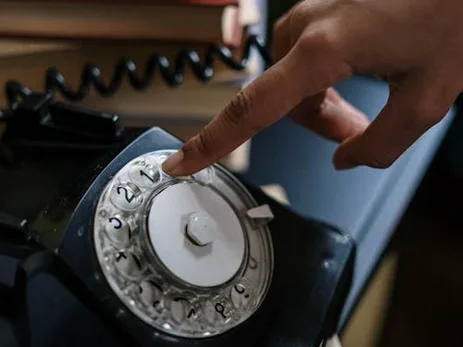
Dialing a phone number was an exercise in patience and precision that required actual physical effort. Each number meant inserting your finger into the corresponding hole, rotating the dial clockwise until it hit the metal stop, then waiting for it to slowly return to its starting position before moving on to the next digit. A wrong number halfway through meant starting completely over, and heaven help you if you were trying to dial a number with a lot of 9s and 0s.
The rotary dial taught us the value of getting things right the first time, because mistakes were costly in terms of time and effort. You’d memorize important phone numbers out of necessity, committing them to heart in a way that today’s contact lists could never replicate. There was something satisfying about the mechanical precision of it all—the solid click of each number, the gentle whir of the returning dial, and the knowledge that you were operating a piece of genuine engineering.
8. Record Players and the Gentle Art of Needle Placement
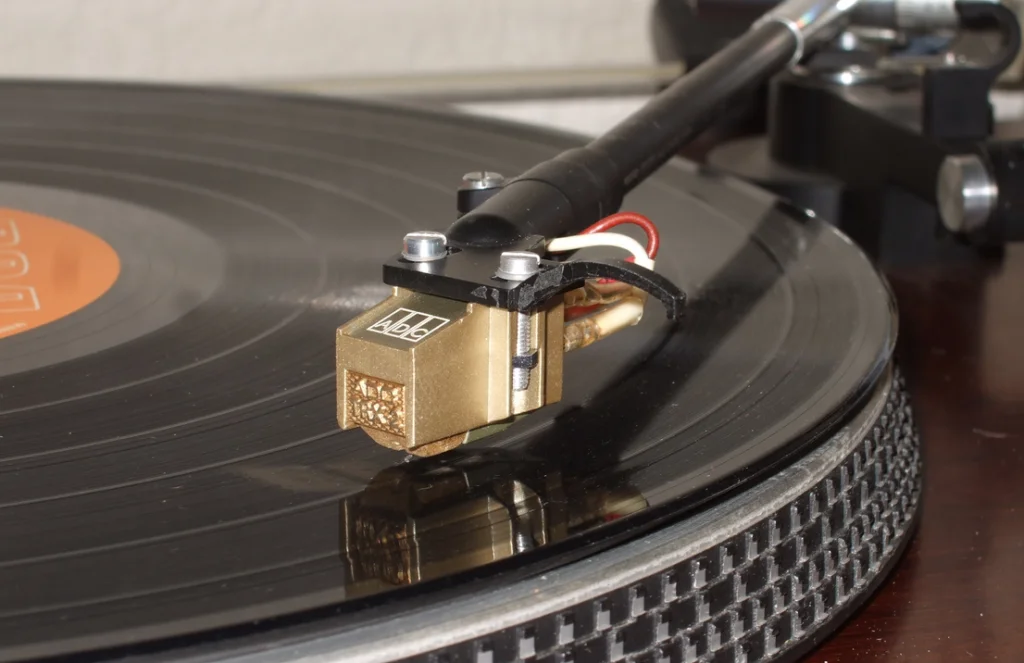
Playing a record was a ceremony that demanded respect for both the music and the equipment. You’d carefully remove the vinyl from its protective sleeve, holding it only by the edges to avoid leaving fingerprints on the grooves that held your favorite songs. The turntable would spin up to speed with a gentle whir, and then came the delicate task of lowering the needle onto the exact spot where you wanted the music to begin.
One wrong move and you’d hear that distinctive scratch that made every music lover cringe, knowing you might have just damaged the recording forever. But when everything went right—when the needle found its groove and the warm, rich sound filled the room—it was pure magic. You’d sit and listen to entire albums from start to finish, reading liner notes and studying album artwork while the music played, giving each song the attention it deserved.
9. Film Cameras and the Anticipation of Development
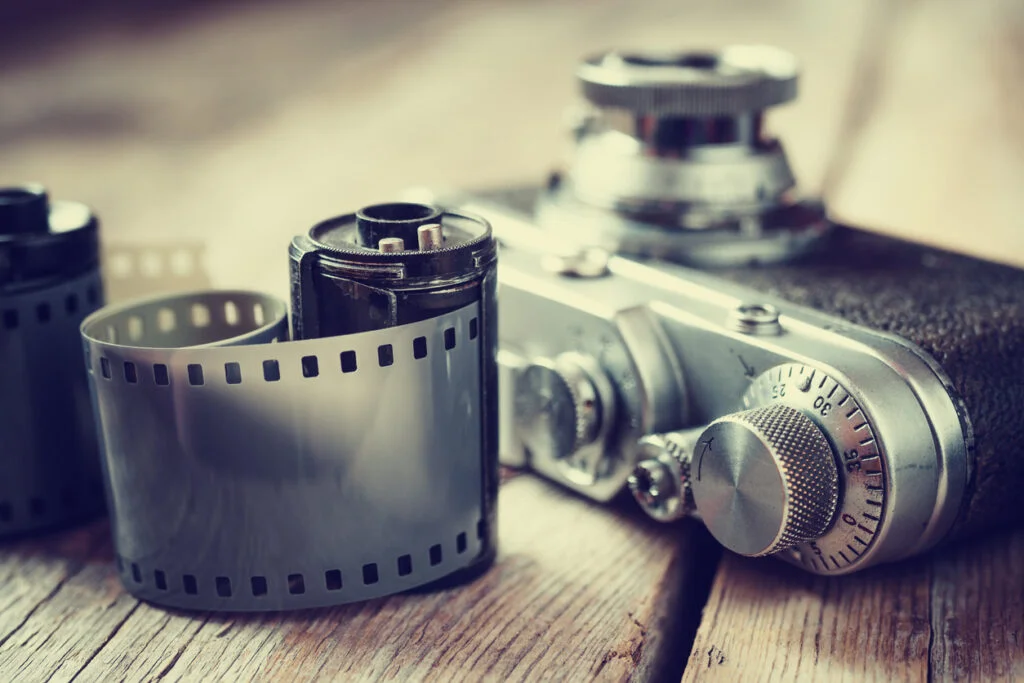
Every photograph was precious when you only had 24 or 36 chances to get it right. You’d peer through that tiny viewfinder, frame your shot carefully, and hold your breath as you pressed the shutter button, knowing that film wasn’t cheap and neither was developing. The little counter on top of your camera kept track of how many shots you had left, creating a sense of urgency around every potential photo opportunity.
The real excitement came weeks later when you finally finished the roll and dropped it off at the photo lab for development. You’d wait eagerly for that envelope of glossy prints, never quite knowing if your pictures had turned out the way you’d hoped. Some shots would be perfect, others would be blurry disasters, but each one was a surprise—a little gift from your past self that captured a moment you’d almost forgotten.
10. Library Card Catalogs and the Treasure Hunt for Information
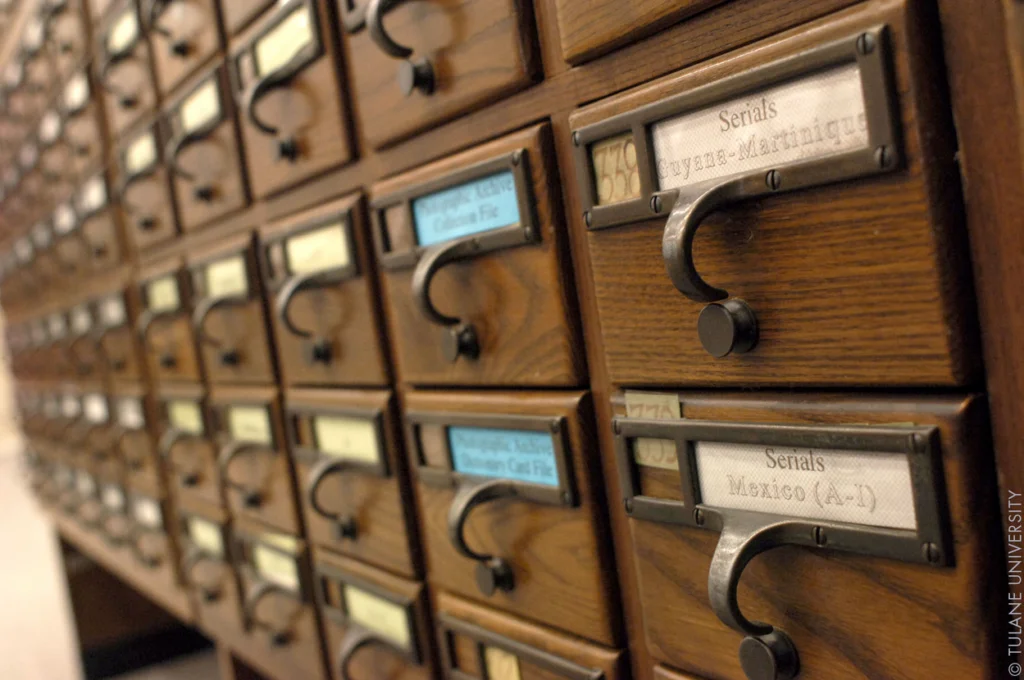
Research meant embarking on a physical quest through rows of wooden drawers filled with thousands of index cards. Each card held the key to finding the book, article, or reference material you needed, written in the careful script of librarians who understood that organization was everything. You’d pull out drawer after drawer, thumbing through cards alphabetically until you found what you were looking for—or discovered something even better along the way.
The Dewey Decimal System became your roadmap through towering shelves of books, each number leading you deeper into the labyrinth of human knowledge. There was no Google to give you instant answers, no Wikipedia to summarize complex topics in seconds—just you, your curiosity, and the satisfying detective work of tracking down information the old-fashioned way. The books you found felt earned, their knowledge more valuable because of the effort it took to discover them.
11. Cash Registers That Actually Registered
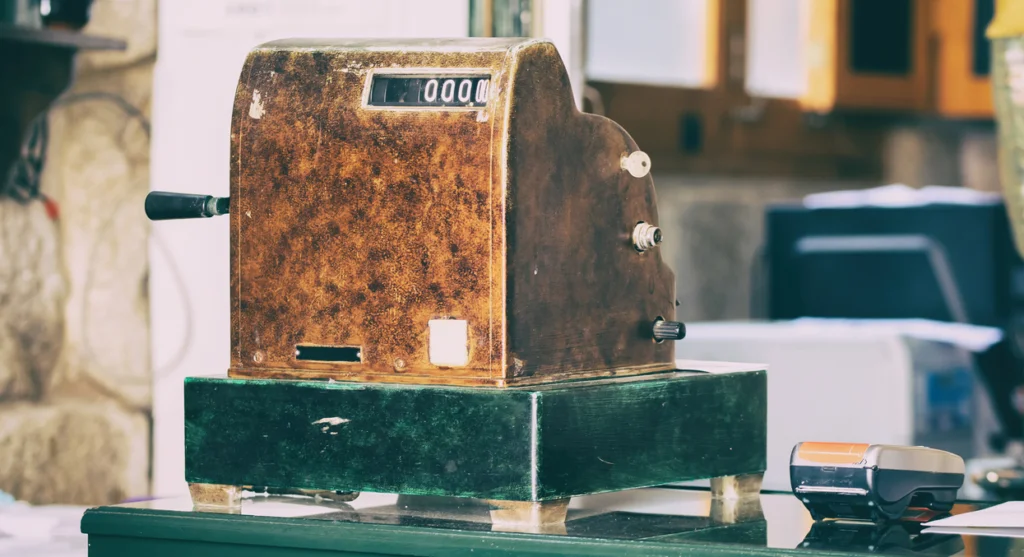
Shopping meant watching a cashier’s fingers dance across mechanical keys, each number producing a satisfying ding as it appeared in the little window display. The cash register was a marvel of engineering that required skill to operate—no scanning barcodes or touchscreen interfaces, just pure mathematical precision and manual dexterity. When the total was calculated, the drawer would spring open with a triumphant cha-ching that announced the completion of your transaction to everyone within earshot.
Paying with exact change was a point of pride, and cashiers could make change in their heads without the help of a computer telling them how much to give back. The whole process had a rhythm and personality that made even mundane purchases feel like events. You’d walk away with a physical receipt printed on paper that actually showed the detail of your transaction, a tangible record of your commerce in a world that still believed in the importance of paper trails.
12. Ice Cream Trucks and the Neighborhood Symphony

Nothing could make a summer afternoon more magical than the distant sound of “Turkey in the Straw” echoing through the neighborhood streets. That tinkling melody meant the ice cream truck was somewhere in the vicinity, though pinpointing its exact location required the detective skills of a seasoned tracker. You’d grab your allowance money and race outside, following the sound as it grew louder and softer, trying to intercept the truck before it disappeared around the next corner.
The ice cream man knew every kid in the neighborhood and their usual orders, operating from a window that opened onto a freezer full of frozen treasures. Choices had to be made quickly—the Bomb Pop, the Drumstick, or maybe splurge on a Strawberry Shortcake bar—while other kids lined up behind you with their own crumpled dollar bills and pocket change. It was mobile magic that brought joy directly to your doorstep, one neighborhood at a time, at exactly the pace of childhood summers.
Those slower, more intentional times taught us patience, problem-solving, and the art of making the best of what we had. Technology wasn’t just a tool—it was a partner that demanded participation, respect, and sometimes a little coaxing to work properly. Maybe that’s what we miss most: not the inconvenience, but the relationship we had with our devices, the rituals that made ordinary moments feel special, and the anticipation that made every success feel earned.
This story You Had to Blow on the Nintendo Cartridge—Then Wait for the TV to Warm Up Before Saturday Could Begin was first published on Takes Me Back.


